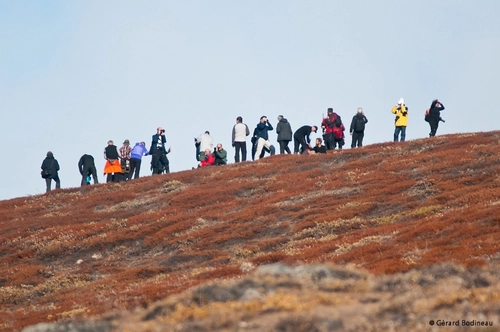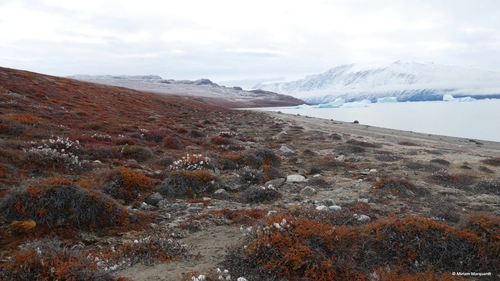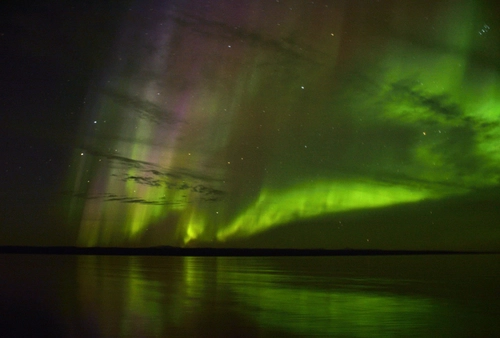If you are planning to join an Arctic cruise, you might be intrigued by the Inuit culture. To help you gain a deeper understanding of these people, especially if you are considering a trip to Greenland, here are 10 fascinating facts about the Inuit that everyone should know.
1. Inuit prefer to be called Inuk or Inuit - but not Eskimo
Although the term "Eskimo" has become widespread, it is not the preferred name for the Inuit and does not reflect their cultural heritage. The term is believed to have been coined by either the French or Danish, meaning either “snow-shoe netter” or “meat eater.” Today, many Inuit people consider the word Eskimo to be a racial slur. When speaking with someone from an Inuit tribe, it is best to avoid this term. Remember, "Inuit" is used for plural, and "Inuk" is singular.
2. Greenland’s population is primarily Inuit
As of 2012, 89 percent of Greenland's population was Inuit, amounting to approximately 51,349 people. Most of them reside in the southwestern part of the country. There are three main Inuit groups: Inughuit, Tunumiit, and Kalaallit. About 10 percent of the Inuit live in remote areas, each group having its own language.
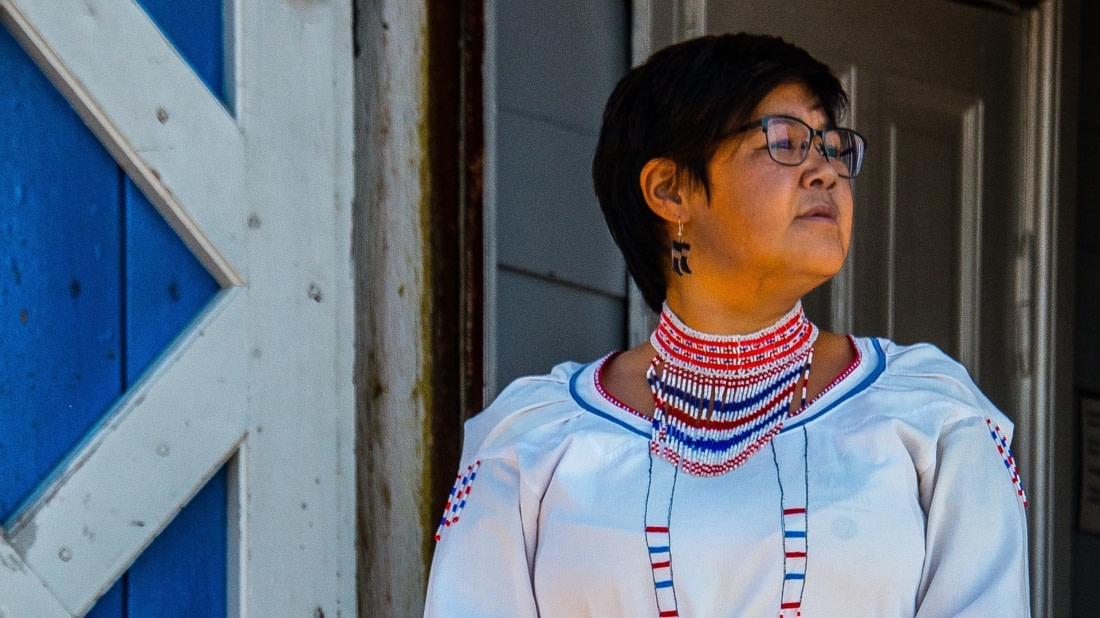
3. Rubbing noses is not an Inuit form of kissing
The term "Eskimo kiss" is widely known, but it is a misconception. Inuit do not rub noses to kiss. Instead, they greet their loved ones by smelling each other’s cheeks and hair, a gesture known as kunik.
4. The ancient Inuit made armor
When thinking of armor, one might picture knights in steel. The ancient Inuit, lacking access to steel, created their own armor from raw leather straps and bone plates, often using walrus teeth. This innovative design helped them survive many dangerous encounters.
5. Inuit art has a long history
Visitors to Greenland often seek to buy original Inuit art, such as the tupilak. Historically, tupilaks were carved from bone and believed to possess witchcraft powers to harm enemies. Today, they are crafted from materials like wood, narwhal tusks, or reindeer horns and sold as souvenirs, no longer associated with witchcraft.
6. Inuit folklore is incredibly extensive
Like all cultures, the Inuit have a rich folklore. One notable mythological creature is the Qallupilluk, a monster said to live underwater and drag children to an icy grave. These stories were used to keep children from wandering too far.
7. Igloos are not just Inuit snow huts
The word "igloo" often brings to mind dome-shaped snow huts, but it actually refers to any type of dwelling. Whether you live in a mansion or an apartment, you reside in an igloo by this definition.
8. The Inuit don't have hundreds of words for snow
The misconception that the Inuit have hundreds of words for snow originated from anthropologist Franz Boas in the 19th century. The Inuit language uses complex sentence structures, allowing single words to convey detailed meanings, such as "aqilokoq" for “softly falling snow.” There are only believed to be three root words for snow.
9. The Inuit diet is rapidly expanding
In Greenland, 11 percent of the population is not Inuit, exposing the Inuit to new dining options. Despite this, their traditional diet, primarily consisting of meat and fish, remains largely unchanged due to the difficulty of accessing vegetables and fruit in cold, remote areas.
10. Inuit have inventive forms of transportation
Living in snowy regions necessitates efficient transportation methods. Early Inuit tribes invented qamutiks (dogsleds) and qajaqs (kayaks). Larger groups traveled by umiaqs. These sleds and vessels were made from wood and whale bones.

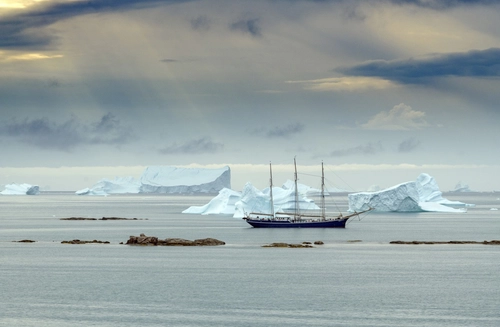
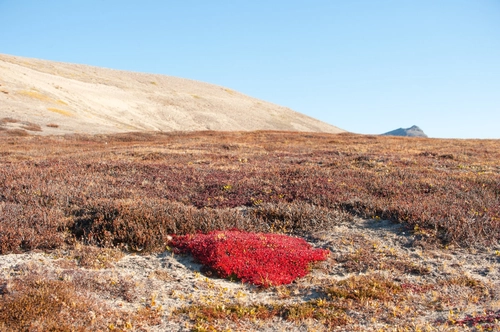
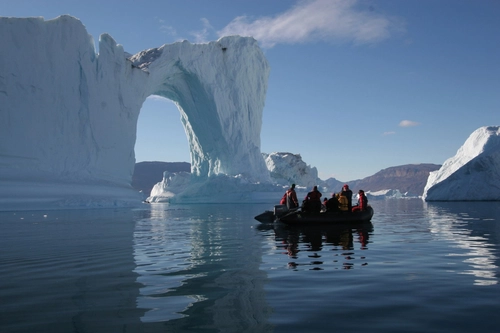
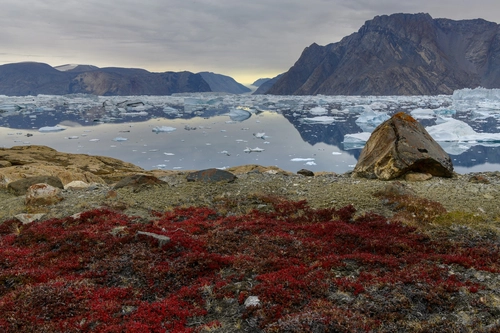
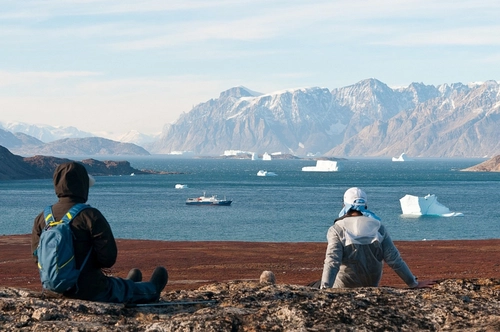
Related Trips
Blog


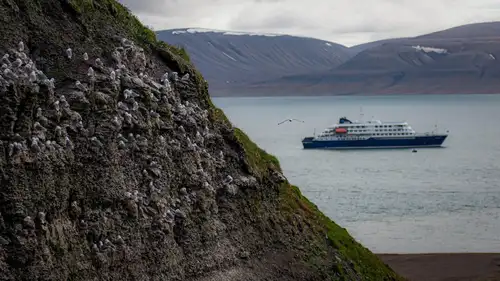
Circumnavigating Spitsbergen
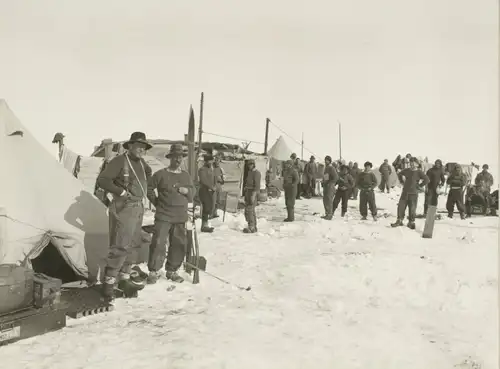
Exploration of the Polar Regions

Spitsbergen: Alkefjellet magic
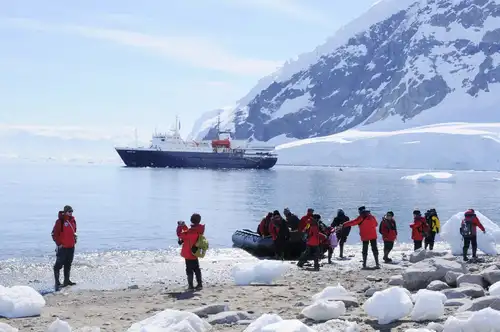
The Seven Best Things to Do in Antarctica
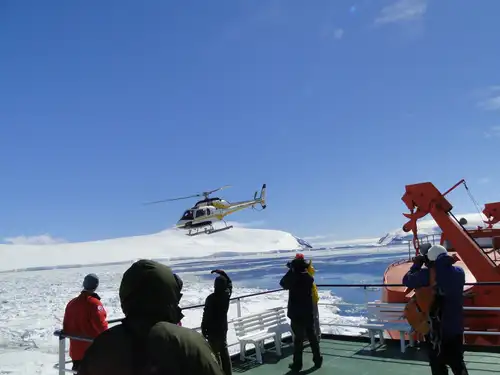
The Wonderful Weddell Sea: Places, Pics, and Impressions
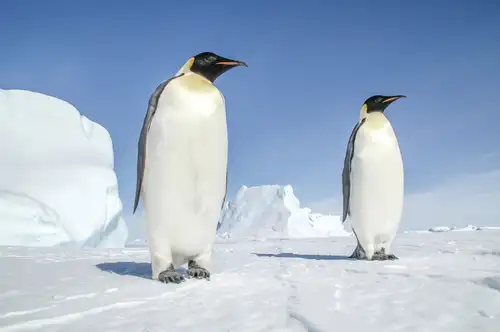
Antarctic Icon: 44 Facts About the Emperor Penguin
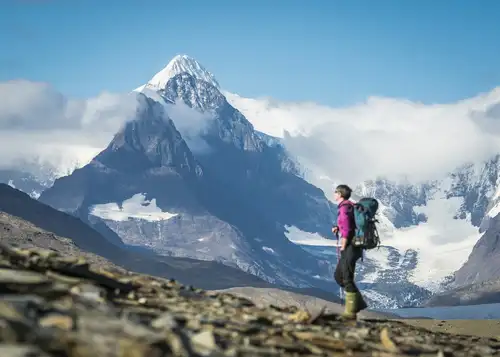
15 Fantastic Photos of Antarctica
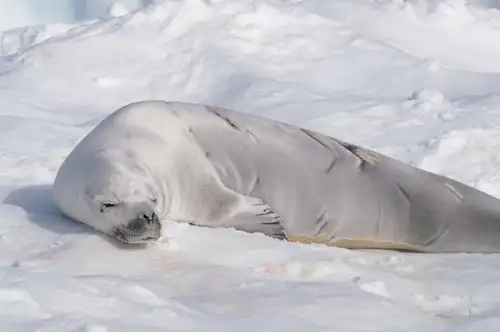
Six Facts About the Crabeater Seals of Antarctica
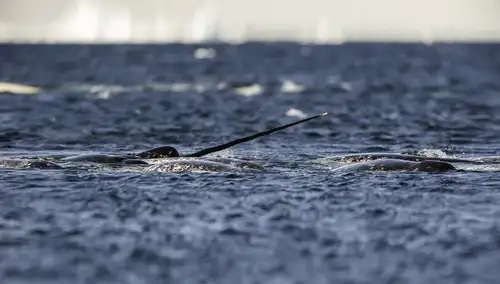
Narwhals: the Aquatic Unicorns of the Arctic
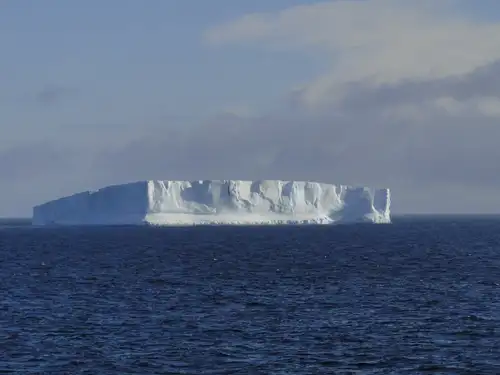
Weddell Sea: the Original Antarctic Adventure
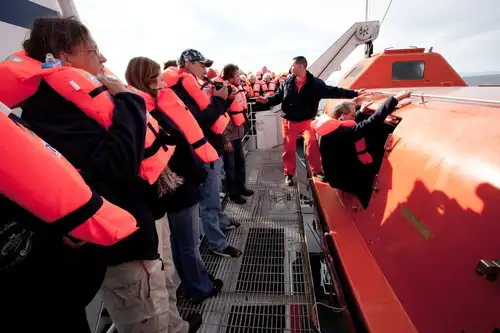
The Evolving Shipboard Eco-traveler
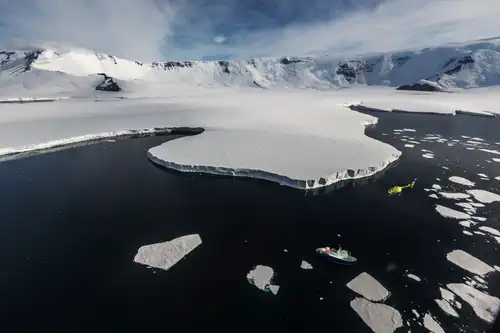
Taking a polar expedition cruise delivers no shortage of show-stopping highlights, but one of the most exhilarating is lifting off from the ship in a helicopter and taking flight over the incomparable Antarctic wilderness.
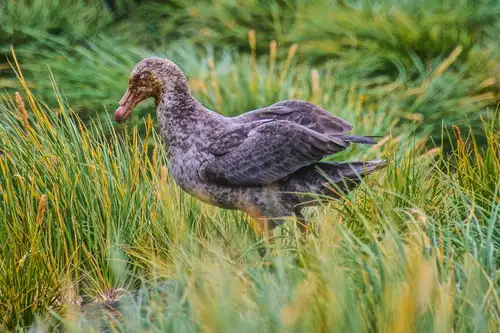
The Giant Petrels of King George Island
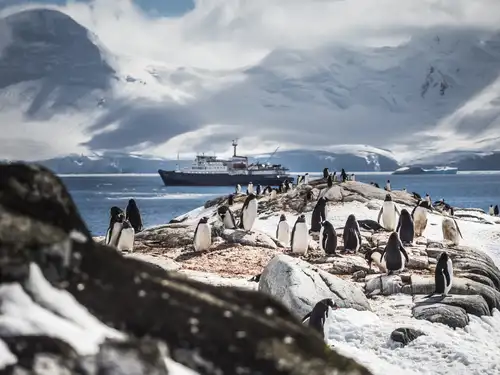
Top 10 Antarctic Attractions
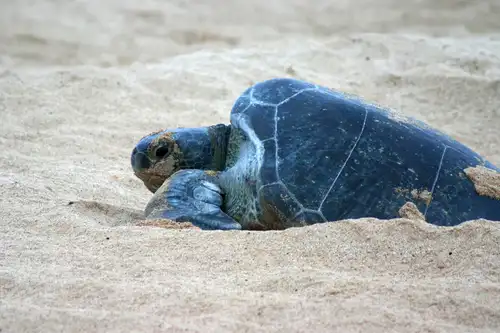
Going Green: Ascension Island Sea Turtles
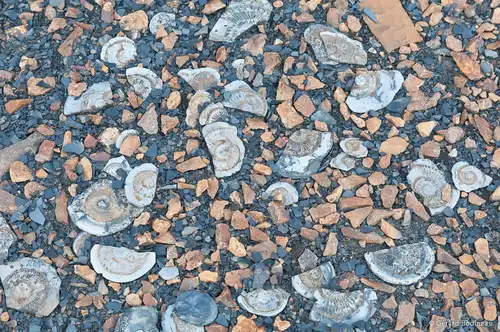
Svalbard a Disneyland for geologists
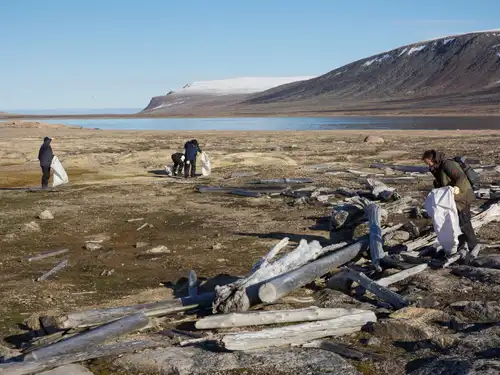
Keep It Green: Our Commitment to Sustainable Polar Travel
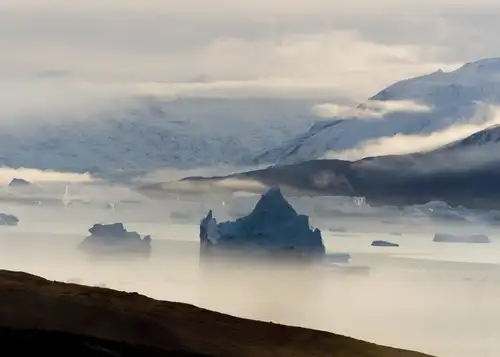
Peaks, Fjords, and Auroras: 14 East Greenland Attractions
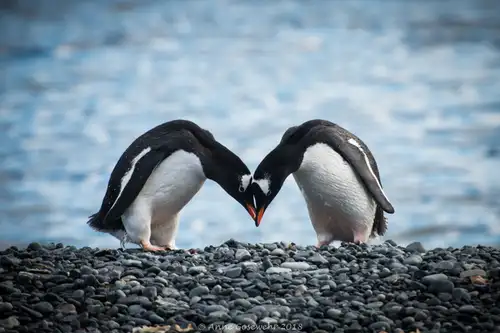
Polar Amore: 14 Wildlife Pics to Warm up Your Valentine’s Day
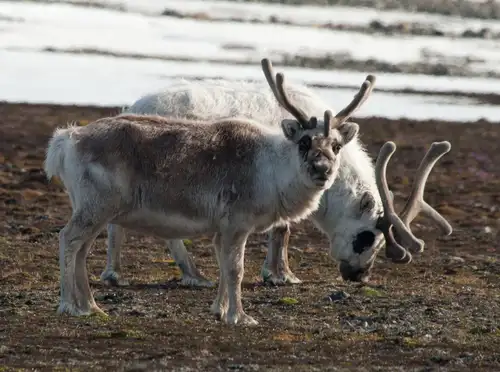



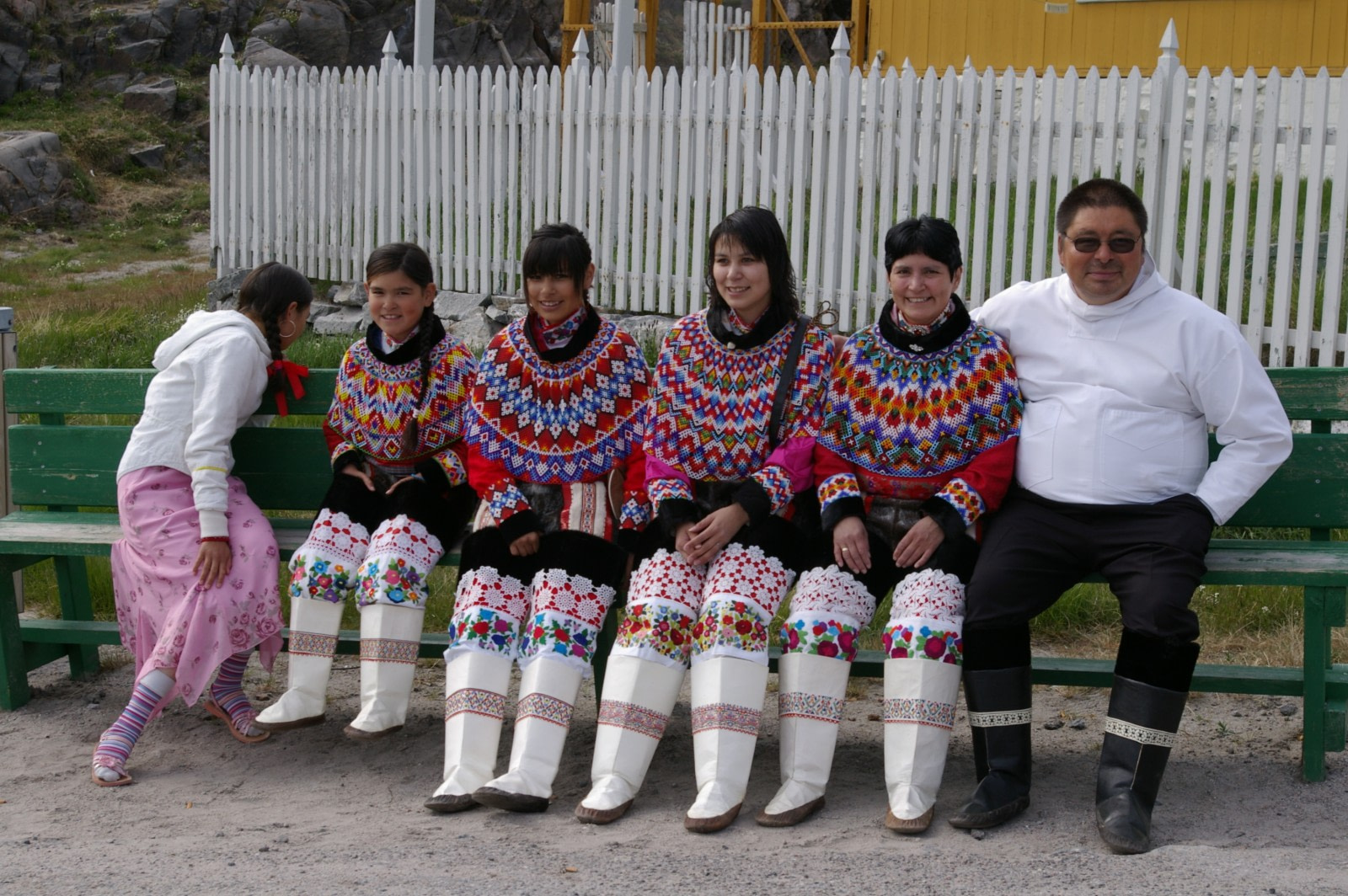

 12 Days / 11 Nights
12 Days / 11 Nights


